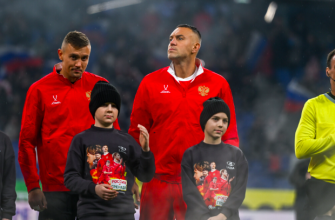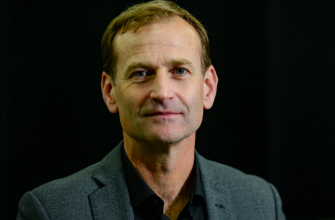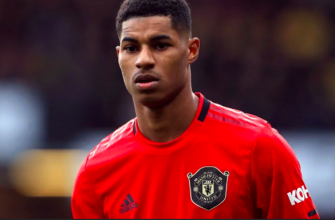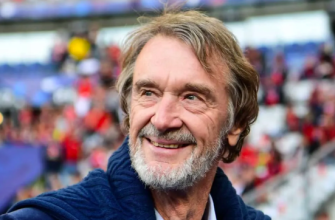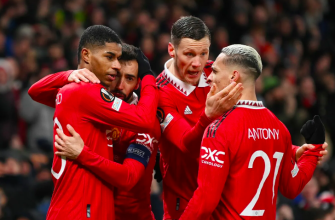For Manchester United, every attempt at building momentum this season has felt like pushing against a wall that keeps moving. A run of improved form in February briefly lifted the mood at Old Trafford. But just as Erik ten Hag’s side appeared to be turning a corner, the injury report swelled again—this time with two crucial names.
Rasmus Højlund, United’s leading scorer in recent weeks, is expected to miss two to three weeks with a muscle strain. Casemiro, meanwhile, who only recently returned to action following a lengthy absence, is now ruled out again with a knock sustained in training. These setbacks arrive at a time when squad depth is already being stretched and the margins for error are narrowing.
United face an intense schedule in March, including key Premier League ties and a potentially season-defining FA Cup quarter-final. The absence of both players will alter the team’s balance significantly—and not for the better.

A Tactical Jigsaw with Missing Pieces
Højlund’s development has been one of the few bright spots in a difficult season. His energy, movement, and improving finishing had finally begun to justify the summer investment. Beyond goals, he offered structure—pressing from the front, dragging defenders out of shape, and allowing others to operate in space.
Without him, Ten Hag will likely turn to Marcus Rashford or Antony Martial—if fit—neither of whom offer the same centrality or vertical threat. Rashford has looked more comfortable on the left, and Martial, frequently unavailable, has not inspired confidence as a consistent No. 9.
Casemiro’s absence is even more disruptive. Though not yet back to his best since returning, his leadership and positional awareness remain central to United’s defensive shape. His ability to break up play and shield a vulnerable back four gives the midfield a spine it often lacks without him. In his absence, Sofyan Amrabat or Scott McTominay may fill the void—capable but not commanding.
Pressure Returns to Ten Hag
For Erik ten Hag, these injuries complicate what was already a difficult campaign. While internal confidence in his leadership has not publicly wavered, results will soon speak louder than words. Sir Jim Ratcliffe’s arrival has shifted expectations. The club is no longer operating in a vacuum—every decision, every performance is now part of a larger audit.
Ten Hag’s tactical principles remain intact, but personnel instability has hindered consistent application. The lack of continuity in midfield and attack has led to uneven performances. Setbacks such as these make it harder to find rhythm, to press as a unit, or to control matches over 90 minutes.
The question is no longer whether the manager has a plan—it is whether he can execute it under conditions that seem to deteriorate weekly.
The Squad’s Mental Test
Injuries are part of football. But for Manchester United, the frequency and recurrence of key absentees are threatening to define their season. The challenge now is not only tactical—it is psychological. Players like Bruno Fernandes, Diogo Dalot, and Kobbie Mainoo will need to carry more responsibility. Unity and resilience must replace fluency and depth.
If United are to remain in contention for a top-four finish—or even keep the door open to silverware—the squad must now show that they can absorb adversity, not simply endure it.
It is another test. Perhaps the hardest yet. And once again, it comes not on the pitch alone, but in the silence of the physio’s room.

